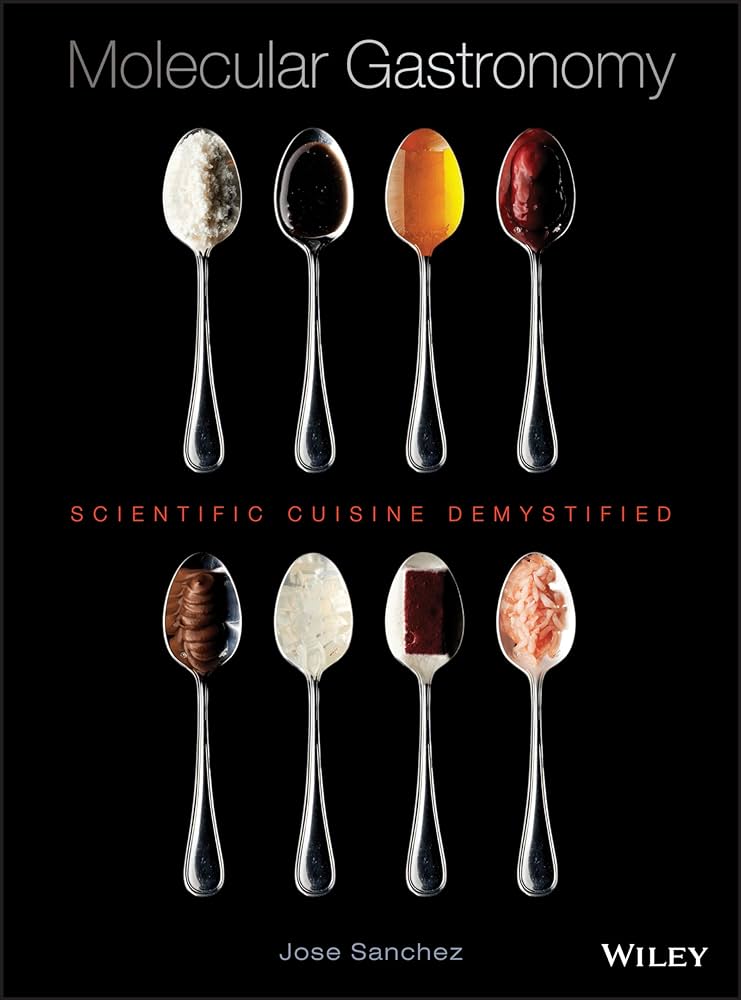Stamp: Sierra de Guadarrama Beef (Spain 2025)
Sierra de Guadarrama Beef (Spain 2025)
27 February (Spain ) within release Gastronomy 2025 : D.O.P. Madrid Community goes into circulation Stamp Sierra de Guadarrama Beef face value 3 Euro
| Stamp Sierra de Guadarrama Beef in catalogues | |
|---|---|
| Colnect codes: | Col: ES 2025.02.27-01b |
Stamp is horizontal format.
stamp from souvenir sheetAlso in the issue Gastronomy 2025 : D.O.P. Madrid Community:
- Stamp - Olives of Madrid face value 3;
- Souvenir Sheet - Protected Foods of the Madrid Community face value 2*3;
- Stamp - Sierra de Guadarrama Beef face value 3;
|
Data entry completed
86%
|
|
|---|---|
| Stamp Sierra de Guadarrama Beef in digits | |
| Country: | Spain |
| Date: | 2025-02-27 |
| Print: | Offset lithography |
| Size: | 40 x 30 |
| Emission: | Commemorative |
| Format: | Stamp |
| Face Value: | 3 Euro |
Stamp Sierra de Guadarrama Beef it reflects the thematic directions:
Animals are multicellular, eukaryotic organisms of the kingdom Animalia (also called Metazoa). All animals are motile, meaning they can move spontaneously and independently, at some point in their lives. Their body plan eventually becomes fixed as they develop, although some undergo a process of metamorphosis later on in their lives. All animals are heterotrophs: they must ingest other organisms or their products for sustenance.
Cattle (Bos taurus) are large, domesticated, bovid ungulates widely kept as livestock. They are prominent modern members of the subfamily Bovinae and the most widespread species of the genus Bos. Mature female cattle are called cows and mature male cattle are bulls. Young female cattle are called heifers, young male cattle are oxen or bullocks, and castrated male cattle are known as steers.
Gastronomy is the study of the relationship between food and culture, the art of preparing and serving rich or delicate and appetizing food, the cooking styles of particular regions, and the science of good eating. One who is well versed in gastronomy is called a gastronome, while a gastronomist is one who unites theory and practice in the study of gastronomy. Practical gastronomy is associated with the practice and study of the preparation, production, and service of the various foods and beverages, from countries around the world. Theoretical gastronomy supports practical gastronomy. It is related with a system and process approach, focused on recipes, techniques and cookery books. Food gastronomy is connected with food and beverages and their genesis. Technical gastronomy underpins practical gastronomy, introducing a rigorous approach to evaluation of gastronomic topics
Mammals are any vertebrates within the class Mammalia (/məˈmeɪli.ə/ from Latin mamma "breast"), a clade of endothermic amniotes distinguished from reptiles (including birds) by the possession of a neocortex (a region of the brain), hair, three middle ear bones and mammary glands. All female mammals nurse their young with milk, secreted from the mammary glands. Mammals include the largest animals on the planet, the great whales. The basic body type is a terrestrial quadruped, but some mammals are adapted for life at sea, in the air, in trees, underground or on two legs. The largest group of mammals, the placentals, have a placenta, which enables the feeding of the fetus during gestation. Mammals range in size from the 30–40 mm (1.2–1.6 in) bumblebee bat to the 30-meter (98 ft) blue whale. With the exception of the five species of monotreme (egg-laying mammals), all modern mammals give birth to live young. Most mammals, including the six most species-rich orders, belong to the placental group. The largest orders are the rodents, bats and Soricomorpha (shrews and allies). The next three biggest orders, depending on the biological classification scheme used, are the Primates (apes and monkeys), the Cetartiodactyla (whales and even-toed ungulates), and the Carnivora (cats, dogs, seals, and allies).




